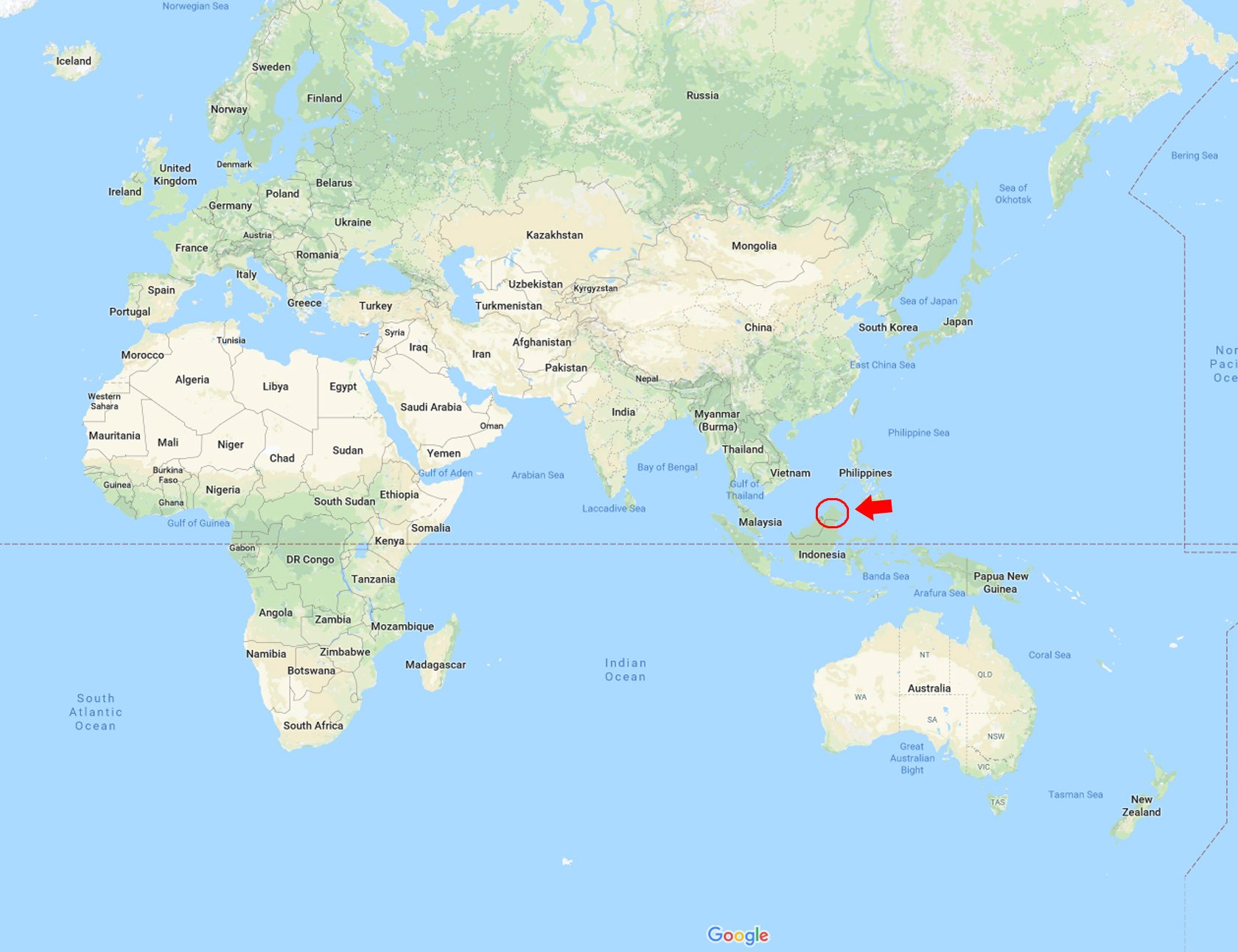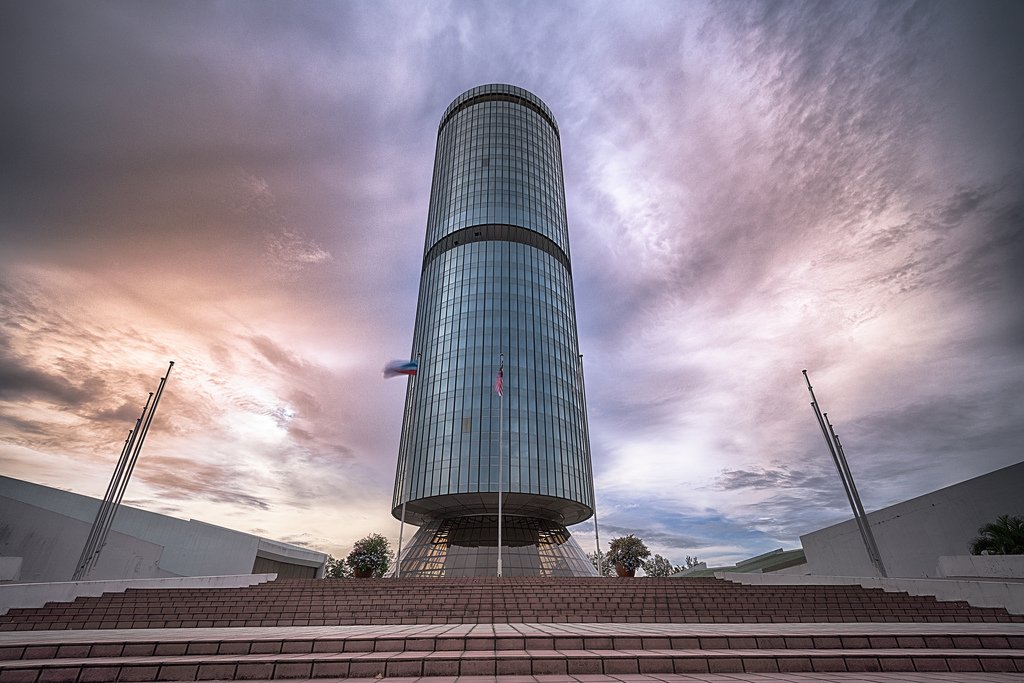
I live in Kota Kinabalu, a big town/small city previously known fondly as Jesselton, which is the capital city of the State Sabah in Malaysia. It's a beautiful city with some of the most beautiful wonders nature could offer. With it's developing status as a city and continuous effort of urban renewal, I hope that some of these writings that address the architectural developments, would appeal to tourists and locals alike.
Sabah (known as the Land below the Wind) has it's own share of architectural style, yet modernization has robbed most of that identity and replaced it with the globalized architecture of modern conformity. For starters, I'm gonna introduce you to the most iconic building, used to be iconic, a well-known building in Kota Kinabalu, that has proven itself to be a landmark for the city for several decades up till recent times.
This is Menara Tun Mustapha (MTM)
(fondly known as Yayasan Sabah) - why did it change its name??

Okay, it doesn't seem as outstanding as it could be compared to other amazing buildings around the world. Howeverrr.. its glistening 30-storey facade, against the backdrop of a blue ocean when the sun goes down low, does attract one's eye as you travel down the coastal highway that leads up to it.


Its wikipedia entry doesn't present much information about the tower, so I'll do my best to explain what I can and hopefully, may it pique your interest. Rewinding into history, the 70s era was a time when Brutalist Architecture was the trending style for modern buildings and the city had its own share of following the global trend.

Most of the city's commercial business district area consisted of this style, and it was cool.

Jesselton grew and overtook Sandakan as the state capital city and soon enough, as it was changing its name to Kota Kinabalu, development called for the city to have its own landmark that would stand out as a statement as a growing city. So, in 1975, the idea to construct it was conceived and implemented.

Featuring a concrete core and a cynlindrical layout plan, it was a ground-breaking feat during the time as it was relatively unheard of to do such a building in a small 'kampung' (local slang for village) like Jesselton. Let alone the region of South East Asia!

Couldn't find the layout plan of the tower, but roughly it's something simple like this. Architecturally, there's a term coined as 'negative' space - basically space that is under utilized. Architects and designers tend to shy away from a circular shaped plan as it is extremely challenging to nail correctly the usage of space within such a powerful form (more on this next time). But, MTM captured the essence of the shape well and the resulting product was a beautiful cynclindrical structure that was pushing boundaries of architecture at the time.

Spanning concrete floor slabs suspended far away from the core of the building presented itself an opportunity of engineering ingenuity. Steel brackets suspended from the core are used to hold into place high tensile steel rods that allows for the long span of the radial floor plan. Trust Don't trust me, I'm not an engineer.

But the idea is somewhat like that above. So anyway, the building was a setting benchmark for architecture at the time, and in fact continued to remain as so for several decades. Until...


My personal opinion that such a work of architecture that has made its' name as an icon for Kota Kinabalu, is somewhat ruined with the emergence of the state administrative building. The build up journey as one travels along the coastal highway and connects towards a vista of a sunset-reflective tower beacon, battles in conflict of it's airspace against a monumental proportioned building fighting for the urban landscape. Juxta-positioned within the context of the MTM tower, it enforces a challenge towards the already iconic building - a show of power? Don't even get me started on its design...meh...
But anyhow, it has been done.
The new generation of today may/may not continue to appreciate the building, its history or significance (depends if schools continue their field trips), but for me it will still remain as a well-known, used to be iconic, the most iconic building for my city.
Cheers till next time!

